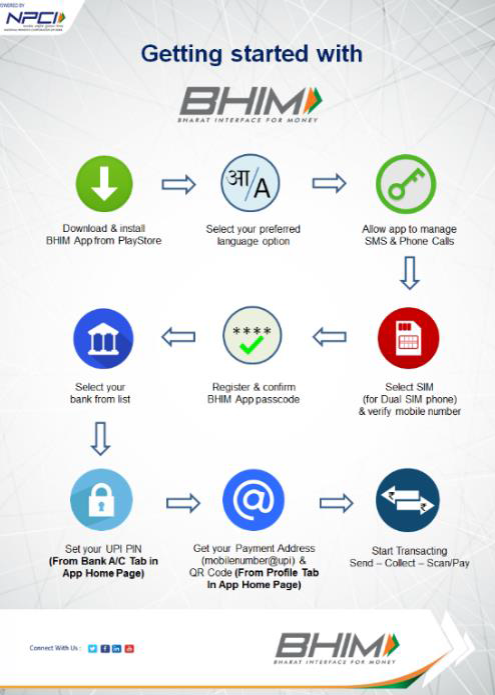Security features in Indian Currency Notes
- Mahtma Gandhi (MG) Series 1996
The banknotes in MG Series – 1996 are available in the denomination of Rs.5, (introduced in November 2001) Rs.10 (13-06-1996), Rs.20 (24-08-2001), Rs.50 (14-03-1997), Rs.100 (04-06-1996), Rs.500 (20-10.1997) and Rs.1000 (November 2000). All the banknotes of this series bear the portrait of Mahatma Gandhi on the obverse (front) side, in place of symbol of Lion Capital of Ashoka Pillar, which has also been retained and shifted on the same side. This means that these banknotes contain Mahatma Gandhi watermark as well as Mahatma Gandhi’s portrait.
iii) MG series – 2005 banknotes
MG series 2005 banknotes are issued in the denomination of Rs.10, Rs.20, Rs.50, Rs.100, Rs.500 and Rs.1000 contain some additional / new security features. The Rs.50 and Rs.100 banknotes were issued in August 2005, followed by Rs.500 and Rs.1000 denominations in October 2005 and Rs.10 and Rs.20 in April 2006 and August 2006, respectively.
The additional / new security features in MG Series 2005 banknotes.
- Security Thread: The machine-readable security thread in Rs.10, Rs.20 and Rs.50 denomination banknotes is windowed on front side and fully embedded on reverse side. The thread fluoresces in yellow on both sides under ultraviolet light. The thread appears as a continuous line from behind when held up against light.
- Rs.100, Rs.500 and Rs.1000 denomination banknotes have machine-readable windowed security thread with colour shift from green to blue when viewed from different angles. It fluoresces in yellow on the reverse and the text will fluoresce on the obverse under ultraviolet light.
- Intaglio Printing: The portrait of Mahatma Gandhi, Reserve Bank seal, Guarantee and promise clause, Ashoka Pillar emblem, Governor’s signature and the identification mark for the visually impaired persons are printed in improved intaglio.
- See through register: Half the numeral of each denomination (10, 20, 50, 100, 500 and 1000) is printed on the obverse (front) and half on the reverse. The accurate back to back registration makes the numeral appear as one when viewed against light.
- Water Mark and electrotype watermark: The portrait of Mahatma Gandhi, the multi-directional lines and an electrotype mark showing the denominational numeral 10, 20, 50, 100, 500 and 1000 appear in this section respectively in each denomination banknote and these can be viewed better when the banknote is held against light.
- Optically Variable Ink (OVI): The font size of the numeral 500 and 1000 in Rs.500 and Rs.1000 denomination banknotes is reduced, as compared to MG series banknotes issued in these denominations earlier in the year 2000. The colour of the numeral appears green when the banknote is held flat but would change to blue when the banknote is held at an angle.
- Dual coloured optical fibres, seen under UV lamp.
- Year of Printing: Year of printing appears on the reverse of the banknote
All these banknotes issued by the Bank are legal tender.



 NACH- NPCI has implemented National Automated Clearing House
NACH- NPCI has implemented National Automated Clearing House  New Fund Offering by SBI MF – SBI Dividend Yield Fund
New Fund Offering by SBI MF – SBI Dividend Yield Fund  Bharti Airtel’s 5G user-base expands
Bharti Airtel’s 5G user-base expands  GK TODAY -HISTORY AT A GLANCE
GK TODAY -HISTORY AT A GLANCE